Celebrating the literary legacy of 7 authors who passed away before the publication of their work
Time is the inevitable foil of literary endeavors — or so it seems. An author’s mortality doesn’t necessarily impede a manuscript’s publication or posthumous literary fame. This reading list celebrates writers who got their best-known or most notable work out in the world once they themselves have passed away, in some cases, decades after their last breath. For various reasons, including infirmity, a hostile government, or straightforward rejection of a previously unpublished writer, these books didn’t make it to print in their author’s lifetimes, but instead achieving success in their afterlives.
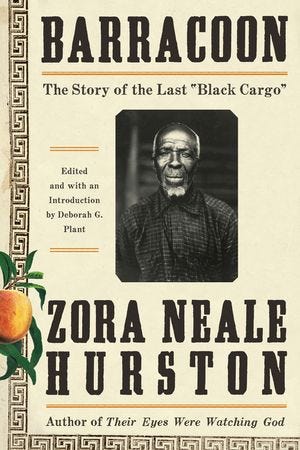
Barracoon: The Story of the Last “Black Cargo” by Zora Neale Hurston
Zora Neale Hurston referenced Cudjo Lewis/Oluale Kossula, the last living person to be enslaved and trafficked from Africa to America, in her autobiography, Dust Tracks on a Road. But aside from that tantalizing mention, the shattering story — and Hurston’s manuscript based on interviews with Lewis remained locked away. Hurston apparently refused to adapt his dialect — from which the entire brutal story of his theft, and subsequent life and isolation in the New World is told — to standard English. That’s one story of the belated publication. Another is that Hurston may have been less enthusiastic about the project and/or was dodging her white benefactress Charlotte Osgood Mason, according to this theory. Whatever the reality of the book’s 60-plus-year journey to publication, its power as a document of American history is undeniable.
‘Barracoon’ Went Unpublished for 87 Years Because Zora Neale Hurston Wouldn’t Compromise
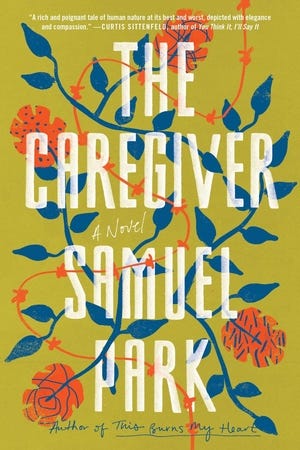
The Caregiver by Samuel Park
Samuel Park was born in Brazil to Korean immigrant parents and moved to California at age 14. He wrote The Caregiver while undergoing chemotherapy for late-stage stomach cancer and passed away before the novel’s publication. The caregiver in his novel is an undocumented Brazilian immigrant, Mara, who looks after Kathryn, a 40-something white woman who’s lived in Bel Air all her life and is dying of stomach cancer. Shifting between Los Angeles and Copacabana, the book turns over mortality, mothers, and mothering.
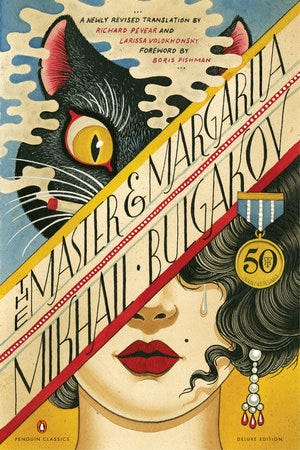
The Master and Margarita by Mikhail Bulgakov
Mikhail Bulgakov wrote The Master and Margarita knowing full well it would not be published in his own (Stalinist) times. The novel was finally serialized in a magazine with some censorship 26 years after Bulgakov’s death. For me, The Master and Margarita is the best example of the novel as a full sensory literary flight. We move between Devil, who’s quite the shape-shifting looker (“his green left eye was utterly insane, and his right eye was empty, black, and dead”) arriving with a coterie that includes a hind leg-walking, vodka-loving cat in 1930s Moscow, where God and the Devil do not exist. Subsequently backwards to a headache-ridden Pontius Pilate on the eve of Jesus’ crucifixion in Jerusalem. Both the Devil and Jesus are mind readers. Oh yes, then there is a literary editor who refuses to believe the Devil’s prediction of his imminent decapitation, a frustrated poet called “Homeless,” and the mysterious “Master,” who has written a novel about Pontius Pilate. The novel has a giggle at the expense of the Russian literary scene via its depiction of the official writers’ union but also nods to tradition. Its epigraph comes from Goethe’s Faust. Bulgakov also drops lines from Pushkin’s poetry and has an opera of Eugene Onegin blasting. Plus, there’s an abundance of Tolstoy blouses, and the Oblonskys from Anna Karenina are referenced by one of the Devil’s cohorts. In our era of disbelief, global fake news, and Putin’s Russia, Bulgakov’s satire feels as crisp as ever.
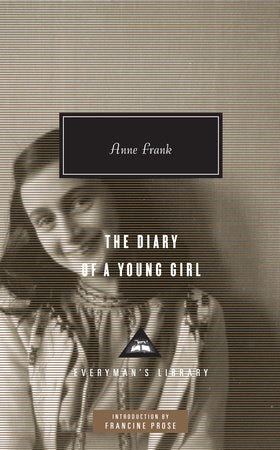
The Diary of a Young Girl by Anne Frank
Perhaps the world’s most read (and especially tragic) posthumous book, The Diary of a Young Girl was published in Dutch in 1947, two years after Anne Frank perished from typhus in the Bergen-Belsen camp. Anne’s letters to her diary’s persona “Kitty” are filled with adorable observations and side-eyes such as “she’s perfectly sweet and perfectly boring” about a love rival. Her diary becomes increasingly somber as they prepare for their lives in the shadow and endure World War II hidden inside for two years. At a time when Nazi blustering is on the rise, we should all be re-reading Frank’s words.
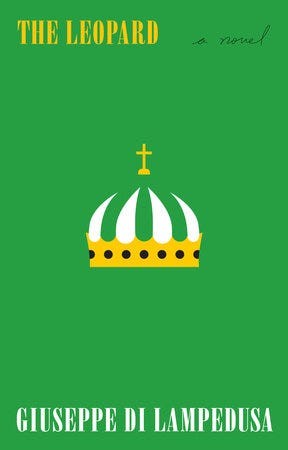
The Leopard by Giuseppe Tomasi di Lampedusa
It’s never too late for a literary debut. Giuseppe Tomasi di Lampedusa, the last in a line of Sicilian princes, had his debut novel rejected twice. In 1957, couple of years after his death, The Leopard was published to great acclaim and is now considered an essential work of Italian literature. It’s one of those novels that readers are breathless about for good reason. Set in Sicily during the Risorgimento (the unification period of Kingdom of Italy, 1815–1871), The Leopard charts the crumbling of the provincial aristocracy and is based on Lampedusa’s ancestor. The island pulses decadence while its characters and status quo structures struggle with changing times. An alluring canine character/symbol, Bendicò, a Great Dane, features. The Leopard is an excellent primer on the formation of modern Italy.
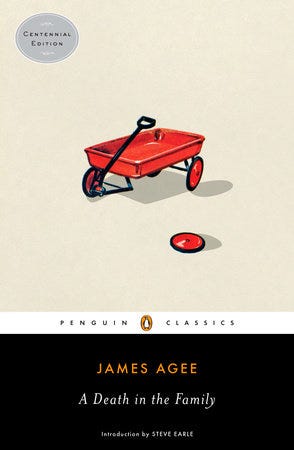
A Death in the Family by James Agee
James Agee is most known for his nonfiction work with photographer Walker Evans on lives of Alabama sharecroppers Let Us Now Praise Famous Men. In 1958, two years after his passing, Agee won the Pulitzer for A Death in the Family. The novel is based on the death of Agee’s father. It’s impossible not to be reeled in by the its first line: “We are talking now of summer evenings in Knoxville, Tennessee, in that time that I lived there so successfully disguised to myself as a child.” It continues to follow the young Rufus through the untimely death of his father in a car accident, and its aftermath for the family’s members. Agee’s rendition of Rufus’s grasp of the death and how he processes adult conversations filled with words yet to be understood is both heartbreaking and magnificent.
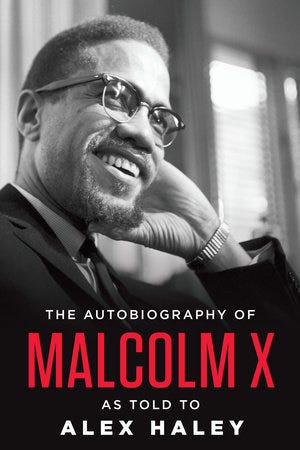
The Autobiography of Malcolm X by Malcolm X (as told to Alex Haley)
Nine months after he was assassinated in February 1965, Malcolm X’s only book, a collaboration with pre-Roots Alex Haley, was published. According to Manning Marable’s Malcolm X: A Reinvention of a Life, X believed that it would be miracle if he were still alive when the book was published. Haley finished the book after X’s death. Marable’s biography suggests diversions between the intents of the two men — Haley being a liberal republican. Regardless, The Autobiography of Malcolm X is an intense and all-engaging read. The book begins with his mother, with X in utero, answering the door when a gang of KKK members call to threaten the family. The book, which led to Spike Lee’s film starring Denzel Washington and the solidification of X’s global iconography, provokes more after the revelations of Marable’s biography. Incidentally, Marable, a Columbia University historian, died days before the pub date of the biography, which won the 2012 non-fiction Pulitzer.


A Reading List of Books Published Posthumously was originally published in Electric Literature on Medium, where people are continuing the conversation by highlighting and responding to this story.











